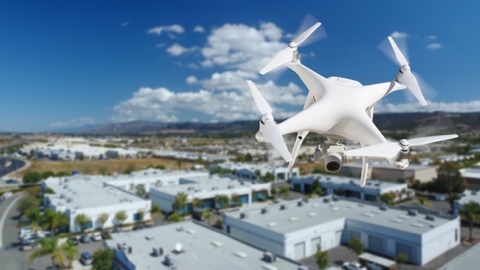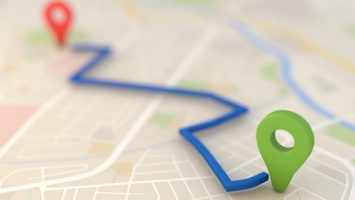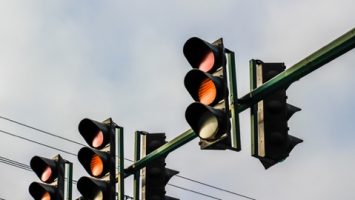
NASA has recently entered into partnerships with Airbus and Uber to study drones and their interactions with other flying vehicles and urban environments.
NASA stated that the goal of the agreement with Uber is to explore ideas and technologies related to urban air mobility. Urban air mobility is defined by NASA as “a safe and efficient system for vehicles, piloted or not, to move passengers and cargo within a city.” Uber seeks to work as closely as possible with the government as it studies the potential for a flying taxi project. Uber will share information and data from the development of this program, called Uber Air, and NASA will use airspace management computer modeling and simulation methods to look for any added potential risks in crowded areas.
“NASA is excited to be partnering with Uber and others in the community to identify the key challenges facing the UAM market, and explore necessary research, development and testing requirements to address those challenges,” Jaiwon Shin, associate administrator for NASA’s Aeronautics Research Mission Directorate, said in the release. “Urban air mobility could revolutionize the way people and cargo move in our cities and fundamentally change our lifestyle much like smart phones have.”
In France, NASA is working with Delair-Tech to test prototypes for air traffic management software that will coordinate drone traffic. Having unmanned vehicles be able to safely fly higher and further out of sight from their operators – such as while delivering goods – should convince airspace regulators to allow these types of services.
“Coordinating traffic between drones, as well as with planes, it’s the end-goal that’s mobilizing a lot of people across the industry,” said entrepreneur Michael de Lagarde, chief executive officer of Delair-Tech. “Today, we’re collectively at level zero of traffic management, we just segment the air space.”


